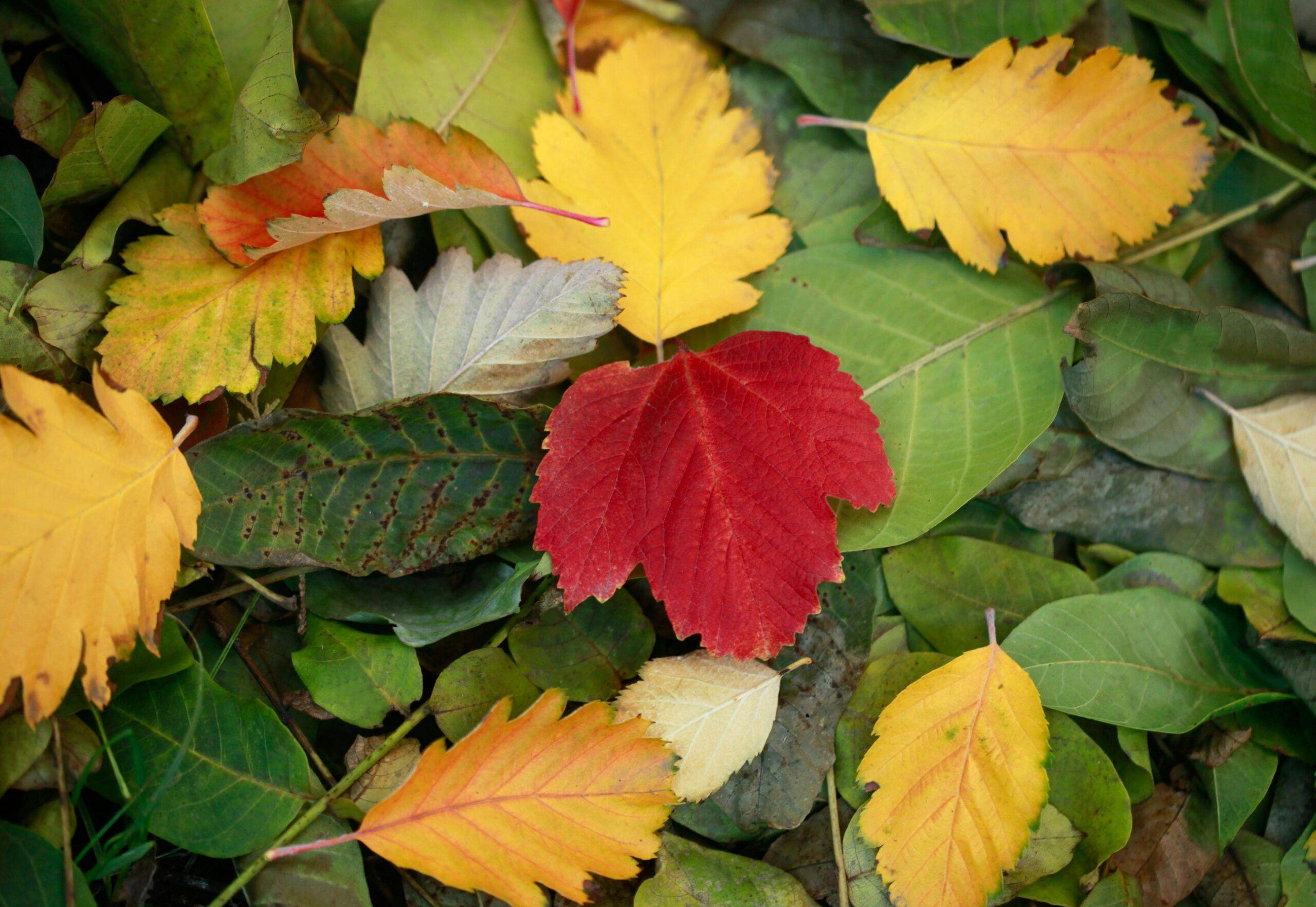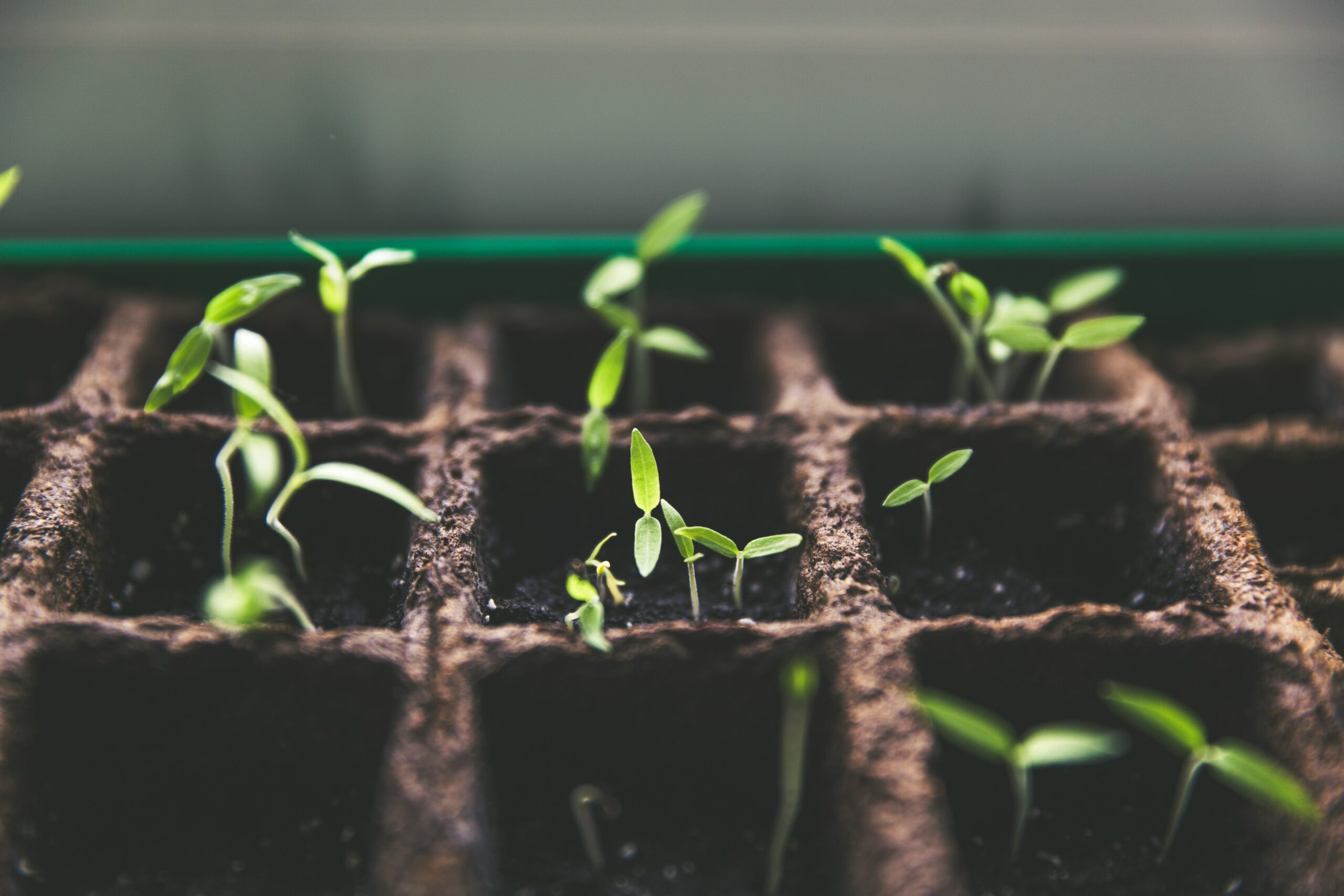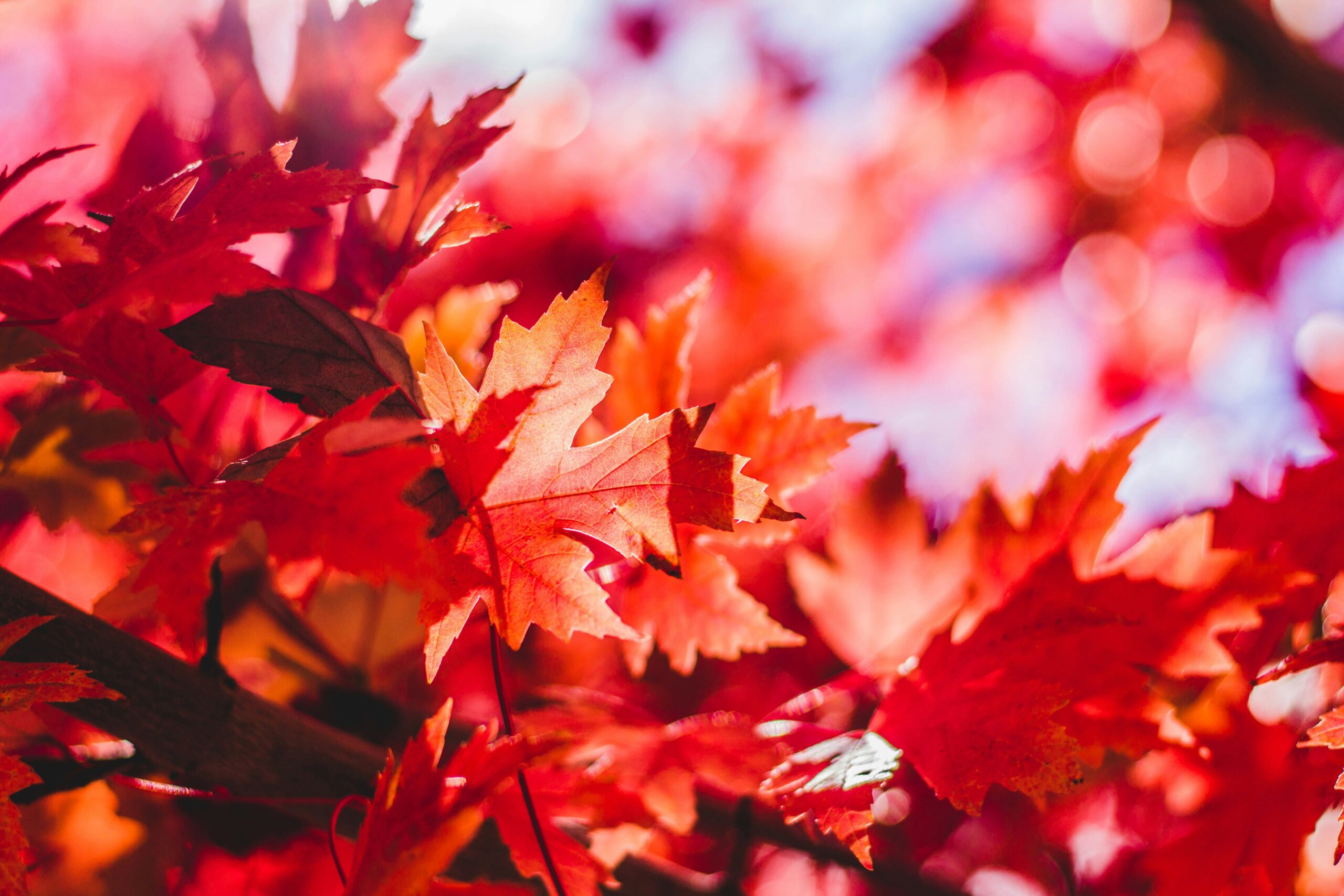
Chinch Bugs vs. Sod Webworms: Spotting the Difference in Your Florida Lawn
Whether you’re a new homeowner in Florida or a long-time resident, you already know that conditions in the Sunshine State…

As the sweltering summer heat begins to subside, Florida gardeners eagerly anticipate the arrival of fall. This season offers a unique opportunity to cultivate a wide variety of plants across the Sunshine State. Whether you’re in the cooler northern regions or the tropical south, fall gardening in Florida can be a rewarding experience.
Tips for Prepping Your Garden for Fall
Preparing your garden for fall planting is a crucial step for a successful growing season. Here are some expert tips to get your Florida garden ready:
By following these preparation steps, you’ll create an optimal environment for your fall plants to thrive.

Northern Florida experiences cooler temperatures earlier than the rest of the state, making it ideal for planting cool-season crops. The first frost typically arrives in late November or early December, so gardeners in this region should plan accordingly.
Key considerations for northern Florida fall gardening:
– Start planting in late August to early September
– Focus on cool-season vegetables like broccoli, cauliflower, and leafy greens
– Protect sensitive plants from occasional cold snaps
Central Florida’s fall gardening season is longer and more forgiving than in the north. With milder temperatures and a later first frost date, gardeners in this region can enjoy an extended growing period.
Tips for central Florida fall gardening:
– Begin planting in mid-September to early October
– Grow a mix of warm-season and cool-season crops
– Monitor weather forecasts for unexpected temperature drops
In southern Florida, the concept of “fall” is quite different from the rest of the state. With its tropical climate, this region experiences warm temperatures year-round, allowing for a diverse range of plants to thrive.
Considerations for southern Florida fall gardening:
– Start planting in October when temperatures become more comfortable
– Focus on heat-tolerant varieties of vegetables and herbs
– Take advantage of the ability to grow tropical fruits and plants
Fall in Florida offers a unique opportunity for gardeners to cultivate a wide variety of plants. The cooler temperatures and decreased humidity create ideal conditions for many vegetables, herbs, and flowers. Whether you’re a seasoned gardener or just starting out, there’s something for everyone to grow during this pleasant season.
When planning your fall garden in Florida, it’s essential to consider your specific location within the state. The planting times and suitable crops can vary significantly from the Panhandle to the Keys. Generally, northern Florida has a shorter fall growing season, while central and southern Florida enjoy extended periods of favorable conditions.
Here are some key factors to keep in mind when deciding what to plant in your Florida fall garden:
Choose plants that can withstand the range of temperatures in your area, from potential heat waves to occasional cold snaps.
Fall in Florida can bring heavy rains or periods of drought, so select plants that can adapt to these fluctuating conditions.
As the days grow shorter, ensure your plants will receive adequate sunlight in their designated spots.
Prepare your soil with appropriate amendments to provide the best growing conditions for your chosen plants.
Some plants are more resistant to common Florida pests and diseases, making them easier to grow and maintain.
Now, let’s explore what you can plant during each month of the Florida fall season.

September marks the beginning of the fall planting season for much of Florida. Here are some plants that thrive when planted in September:
– Leafy greens: Lettuce, spinach, kale, collards
– Root vegetables: Carrots, radishes, beets
– Herbs: Cilantro, parsley, dill
– Flowers: Marigolds, petunias, zinnias
October is an excellent month for planting in Florida, with cooler temperatures and typically lower humidity. Consider planting:
– Brassicas: Broccoli, cauliflower, Brussels sprouts
– Alliums: Onions, garlic, leeks
– Legumes: Snap peas, snow peas
– Flowers: Pansies, violas, snapdragons
November planting in Florida focuses on cold-hardy vegetables and plants that can withstand occasional frosts. Some options include:
– Greens: Mustard greens, arugula, Swiss chard
– Root crops: Turnips, parsnips
– Cole crops: Cabbage, kohlrabi
– Flowers: Calendula, dianthus, sweet alyssum
Fall in Florida offers a unique opportunity to grow a diverse range of plants that thrive in the state’s mild autumn climate. While many northern states are winding down their growing seasons, Florida gardeners are just getting started with some of the most rewarding crops of the year. Here are some of our favorite fall plants that do exceptionally well in Florida’s autumn weather:
Strawberries are a quintessential Florida crop, and fall is the perfect time to get them in the ground. In Florida, strawberries are typically planted as an annual crop in October or November for a winter and spring harvest.
Key points for planting fall strawberries in Florida:
1. Timing: Plant strawberries in mid-September to early November for best results.
2. Variety selection: Choose varieties adapted to Florida’s climate, such as ‘Florida Brilliance’, ‘Sweet Sensation’, or ‘Strawberry Festival’.
3. Soil preparation: Strawberries prefer well-drained, sandy soil with a pH between 5.5 and 6.5.
4. Planting method: Use raised beds or mounds to improve drainage and prevent root rot.
5. Irrigation: Consistent moisture is crucial, especially during fruit development.
6. Fertilization: Apply a balanced fertilizer at planting and follow up with regular feeding throughout the growing season.
With proper care, you can expect to enjoy fresh, homegrown strawberries from December through April.
While not as common as strawberries, fall potatoes can be a rewarding crop for Florida gardeners. In Florida, potatoes are typically planted in late summer to early fall for a winter harvest.
Tips for planting fall potatoes in Florida:
1. Timing: Plant potatoes in September or early October in North and Central Florida. South Florida gardeners can plant as late as November.
2. Variety selection: Choose varieties that mature quickly, such as ‘Red Pontiac’, ‘Yukon Gold’, or ‘Kennebec’.
3. Soil preparation: Potatoes prefer loose, well-drained soil. Add organic matter to improve soil structure.
4. Planting depth: Plant seed potatoes about 4 inches deep and 12 inches apart.
5. Hilling: As plants grow, hill soil around them to protect developing tubers from sunlight.
6. Watering: Provide consistent moisture, but avoid waterlogged soil to prevent rot.
Harvest your potatoes when the plants begin to yellow and die back, typically 80-100 days after planting.
Beans are a staple in many Florida gardens, and fall is an excellent time to plant them. Both bush and pole varieties can thrive in Florida’s autumn weather.
Guidelines for planting fall beans in Florida:
1. Timing: Plant beans in September or early October in North and Central Florida. South Florida gardeners can plant through November.
2. Variety selection: Choose heat-tolerant varieties for early fall planting. Good options include ‘Contender’, ‘Provider’, or ‘Blue Lake’.
3. Soil requirements: Beans prefer well-drained soil with a pH between 6.0 and 6.5.
4. Planting depth: Sow seeds about 1 inch deep and 2-4 inches apart for bush beans, or 4-6 inches apart for pole beans.
5. Support: Provide trellises or poles for climbing varieties at planting time.
6. Watering: Keep soil consistently moist but not waterlogged. Water at the base of plants to prevent fungal diseases.
7. Fertilization: Beans fix their own nitrogen, so use a low-nitrogen fertilizer to promote pod production.
With proper care, you can expect to harvest fresh beans about 50-60 days after planting, providing a bountiful crop well into the fall season.
These fall favorites – strawberries, potatoes, and beans – showcase the diversity of crops that Florida gardeners can enjoy during the autumn months. By incorporating these plants into your fall garden, you’ll be well on your way to a productive and satisfying growing season.
At Council Oxford, we understand the unique challenges and opportunities of Florida gardening. Our team of experts specializes in providing high-quality agricultural products tailored to Florida’s diverse growing conditions. From soil amendments to pest control solutions, we offer everything you need to make your fall garden thrive. Don’t hesitate to reach out to us for personalized advice on preparing your garden for these fall favorites.
To make the most of your Florida garden, keep these expert tips in mind:
By following these expert tips and guidelines, you’ll be well on your way to a thriving fall garden in Florida. Remember, gardening is a continuous learning process, so don’t be afraid to experiment and adapt your methods as you gain experience with your unique garden conditions.
